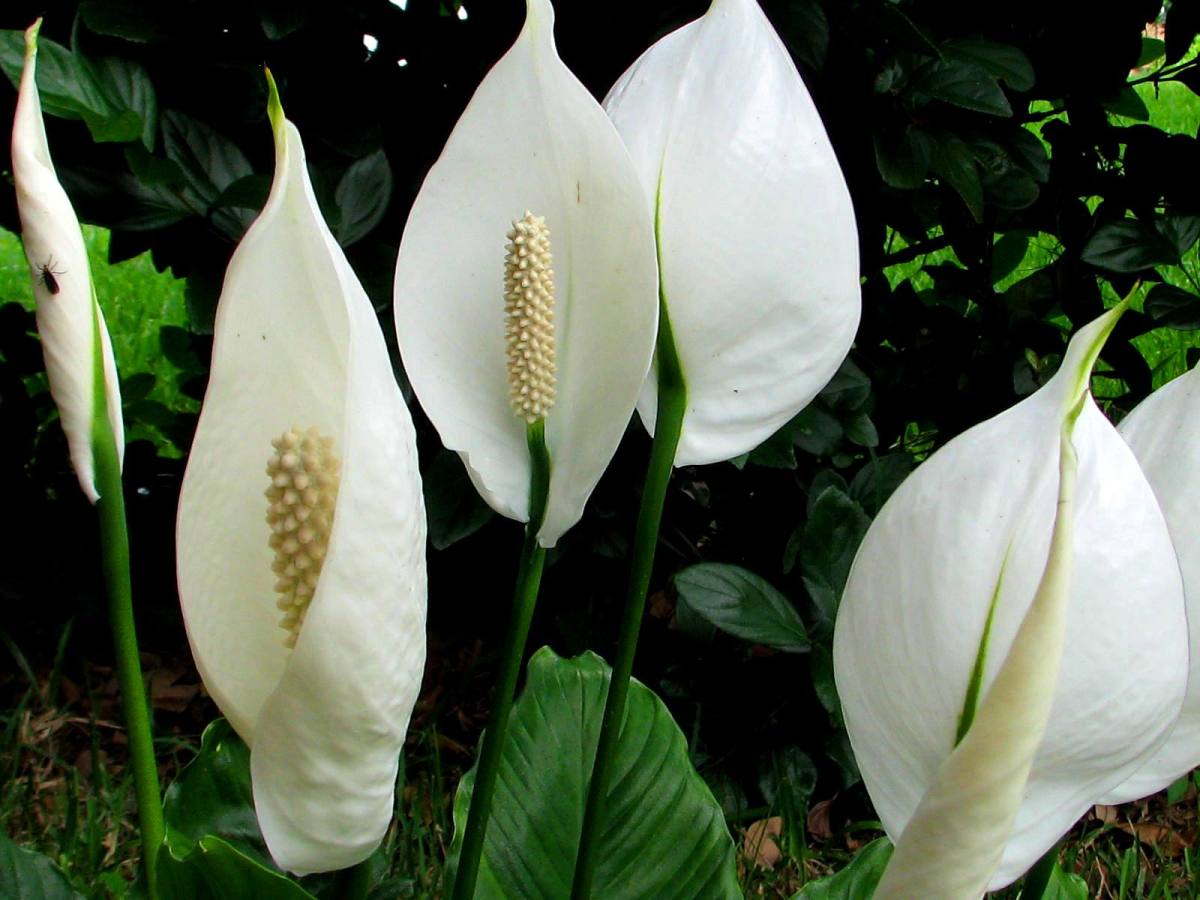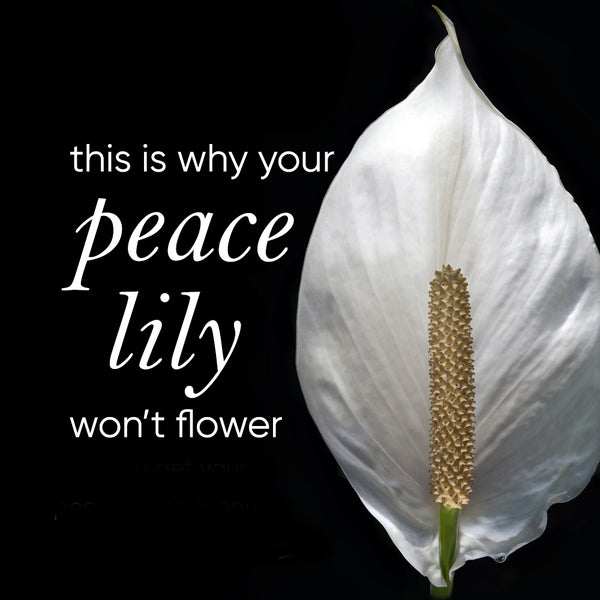Peace lilies are a popular houseplant known for their easy care, air purifying abilities, and long-lasting white flowers called spathes But getting a peace lily to rebloom can be a challenge When does a peace lily flower and how can you encourage more blooms? This guide will explain the peace lily’s natural flowering habits and give tips to maximize flowers.
The Peace Lily’s Flowering Cycle
Peace lilies flower in response to certain environmental cues. In nature, they bloom in spring when days start to lengthen and temperatures warm. But indoor peace lilies can bloom year round if conditions are right. Here are the key stages of the peace lily flowering cycle:
-
Flower bud formation: Flower buds start to form when plants receive enough bright, indirect light. This usually happens in spring but can occur anytime with proper lighting.
-
Blooming: The flower spathes emerge and unfurl. This occurs 6-8 weeks after the initial flower bud formation. Blooms can last up to 8 weeks.
-
Pollination In nature insects pollinate the flowers and they produce berries. Indoor plants won’t set seed.
-
Flower fading: The white spathe eventually turns green, then brown. At this point, it can be removed by cutting it off near the base of the plant.
-
Repeat flowering: With ideal care, peace lilies will rebloom 4-6 weeks after the previous flowers fade. But getting repeat blooms takes some effort!
Why Won’t My Peace Lily Bloom?
If your peace lily isn’t blooming, there are a few key things to check.
Lighting Peace lilies need bright, indirect light to bloom Low light will keep them alive, but they likely won’t flower. Try moving the plant closer to an east or west window
Age: Young peace lily plants under 1 year old may not bloom. Make sure your plant is mature enough.
Time of Year: Peace lilies can rebloom throughout the year, but some only flower in spring. Use artificial lighting to encourage off-season flowering.
Stress: Any type of stress like under watering, overwatering, or frequent repotting can prevent flowering. Try to keep your plant’s care consistent.
Pests: Spider mites, aphids, and other pests can weaken plants and prevent blooms. Inspect regularly and use neem oil or insecticidal soap to treat any infestations.
Overfeeding: Too much fertilizer can cause lush foliage growth at the expense of flowers. Use a balanced fertilizer at 1/4 to 1/2 strength every 6-8 weeks.
Encouraging Peace Lilies to Rebloom
Here are some tips to get your peace lily flowering more often:
-
Increase light: Acclimate the plant to brighter light to initiate flower buds. An east or west window is ideal.
-
Provide high humidity: Mist leaves daily and use a humidifier to recreate the plant’s native tropical habitat.
-
Keep temperatures 65-80°F: Cooler nighttime temps from 65-70°F can trigger blooms.
-
Remove spent flowers: Cutting off old blooms tells the plant to produce new buds. Keep leaves intact.
-
Use flowering plant fertilizer: Choose a fertilizer formulated to promote blooms, like a 10-30-20 formula.
-
Repot annually: Refreshing the soil provides nutrients and encourages new growth and flowers.
-
Avoid moving the plant: Try to keep the plant in one spot, as relocating can disrupt bud formation.
-
Rule out pests and disease: Check regularly for any issues and take corrective action immediately. Healthy plants bloom more.
-
Be patient: It can take several months to see results from reblooming efforts. Stick with it!
With excellent care mimicking the plant’s native environment, you can enjoy months of flowering from a robust, healthy peace lily. Consistent conditions are key, so find a good spot for your plant and try not to move it once it’s happy. With time and patience, you’ll have gorgeous white blooms year-round to brighten up your indoor space.

At war with your Peace Lily? Here are the top 5 reasons your Peace Lily won’t flower and the best ways to win the battle of the blooms…
 Amazon links in this post may be affiliate links which means I may receive a commission for purchases made through links (but doesnt change the price you pay). Learn more
Amazon links in this post may be affiliate links which means I may receive a commission for purchases made through links (but doesnt change the price you pay). Learn more
#1 Not enough light
There are other reasons, but the top spot goes to light. Yes, Peace Lilies are more low-light tolerant than most BUT that can come at the expense of flowers. First thing to try when your Peace Lily wont flower is to shift it to a new position with brighter, but still indirect light. Their thinner leaves tend to scorch easily in direct sunlight. At my place, the perfect lighting is what Id call medium to bright indirect light.
Ever got a confused flower that’s green or variegated? That’s because what we think of as their flowers are actually a modified leaf (their flowers are actually microscopic!). It’s normal for them to start green, turn white, then brown, but if your flowers stay green that’s a common sign the plant is getting too much light.
Top 5 Peace Lily Care Tips You Need to Know
FAQ
How do you get a peace lily to flower?
What month do peace lilies bloom?
Given proper care and conditions, peace lilies bloom freely year-round. Their long-lasting white blooms last a month or more. How long a peace lily lives depends on its care and environment. Many people consider three to five years an average peace lily lifespan.
Why are my peace lilies growing leaves but no flowers?
Your Plant Isn’t Getting Enough Light
“If your peace lily is thriving with lush green leaves but no blooms, it’s likely not getting the right ‘signals’ that it’s time for your plant to flower,” Massura says.
How many times a year does a peace lily flower?
Peace lilies flower best in bright but indirect light, and usually flower in spring, producing one or two white hooded blooms that can last for over a month. They may occasionally flower again in autumn. Once the flowers have faded, deadhead them to keep the plant looking neat.
